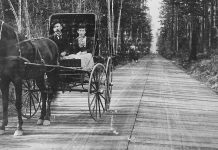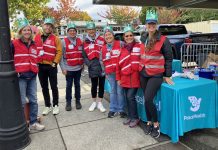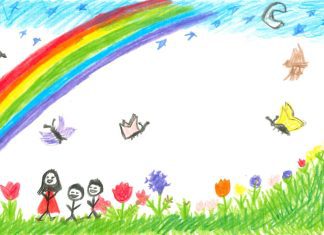Based in Bellingham and rooted in Heiltsuk and Nuu-Chah-Nulth First Nations, Copper Canoe Woman is an indigenous woman-owned jewelry company that combines ancestral traditions with modern fashion trends. Its name is translated from owner and artist Vina Brown’s Heiltsuk name.
“I’ve always done art since I was a child,” says Brown. “I even had my own little entrepreneur business: I’d go to flea markets and sell my jewelry at eight, nine years old, and then also at my parents’.”
Brown started Copper Canoe Woman in 2019 after years of practicing jewelry-making, beadwork, and weaving. She describes her influences as “modern contemporary art, other indigenous artists, but also other forms of art,” as well as “indigenous culture and place-based story sharing.” Copper Canoe Woman designs pay homage to regional formline art depicting the land, sea, and sacred geometry.
“I think a lot of human beings forget that we are part of nature, that we are part of nature whether we believe that or not,” Brown says. “My people and my ancestors just really understand that and understood that, and that was passed down through our lineages, and our history, and our story sharing, and our knowledge systems.”
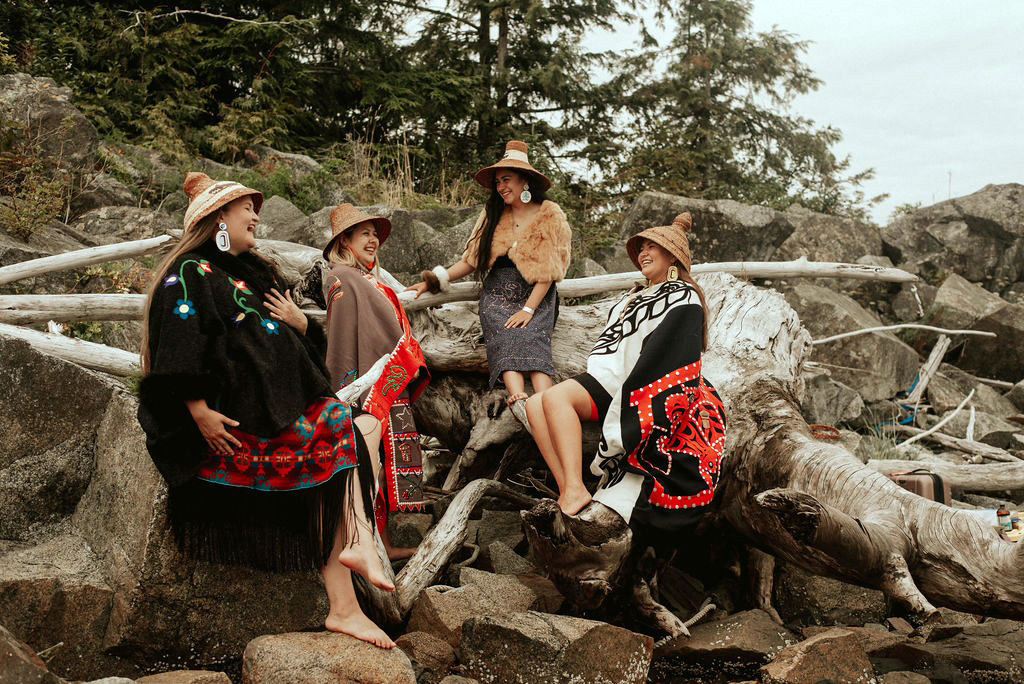
Copper Canoe Woman jewelry has been featured in the television series “Rutherford Falls,” as well as Mexican Vogue and New York Fashion Week magazines. The company has collaborated with local organizations such as Allied Arts, representing and advocating for indigenous and BIPOC communities regionally.
Coastal-Inspired Jewelry
Copper Canoe Woman mainly offers earrings and continuously adds necklaces and bracelets to the shop. Their most popular designs are statement earrings honoring the natural world, such as the “Salmon Ghost” design.
“It represents the part of the salmon’s life where, again, I was inspired by looking at the rotting salmon on the riverbeds and the estuaries in my territory where they come to spawn,” says Brown. “That’s the ultimate sacrifice for the next generation of salmon people — that they do everything in their power, they fight until death, to make sure there’s a next generation of their own people and that the salmon return.”
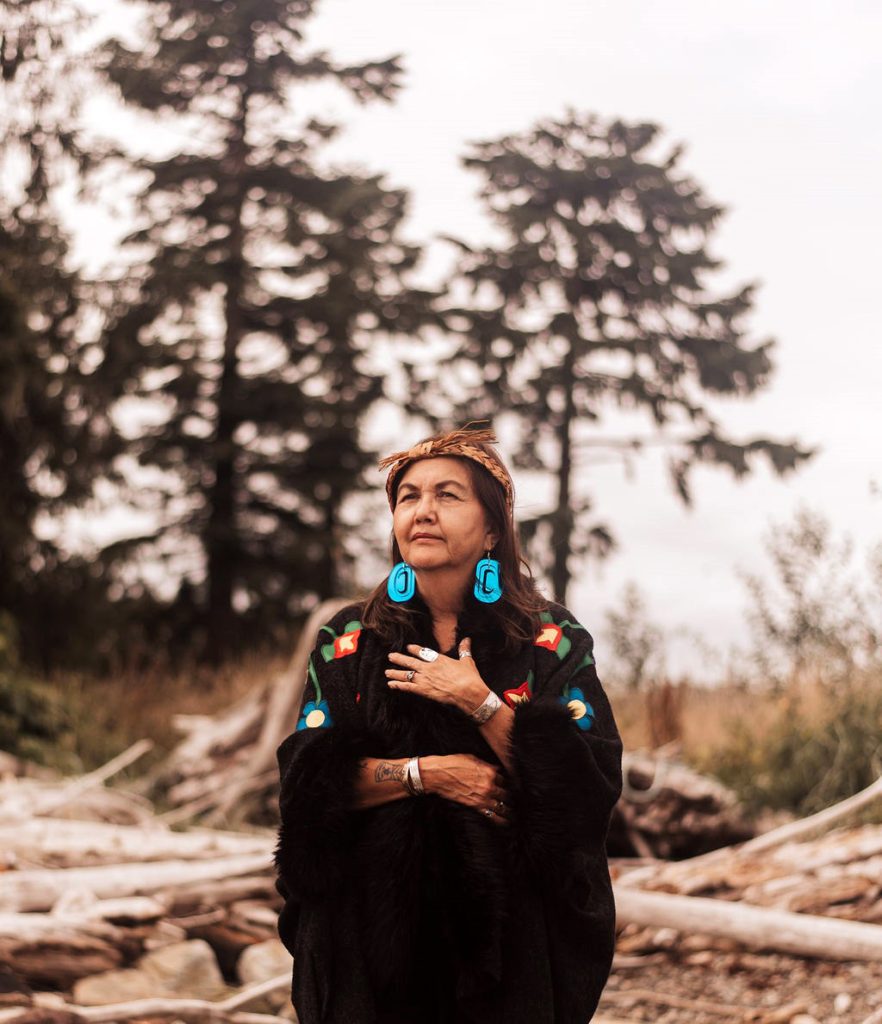
The design draws from the Nuu-Chah-Nulthand Coast Salish’s shared stories and ceremonies of returning salmon bones to streams so the salmon become whole again.
“Those stories depict mythological folklore; supernatural times when there was movement in between dimensions and whatnot, and worlds, and portals,” Brown says. “But there’s a value system there. There are teachings there that you don’t take more than you need, and that if you are going to take something’s life for yourself, you make sure that you reciprocate that.”
With descriptions that explain their cultural context and influences, the designs become another medium of storytelling.
Toward Cultural Sustainability
As an advocate for indigenous rights, Brown has appreciated seeing indigenous women activists wearing her jewelry on the news.
“I want people to be empowered and to feel proud and to wear something that represents their culture, or represents something that means something,” says Brown.
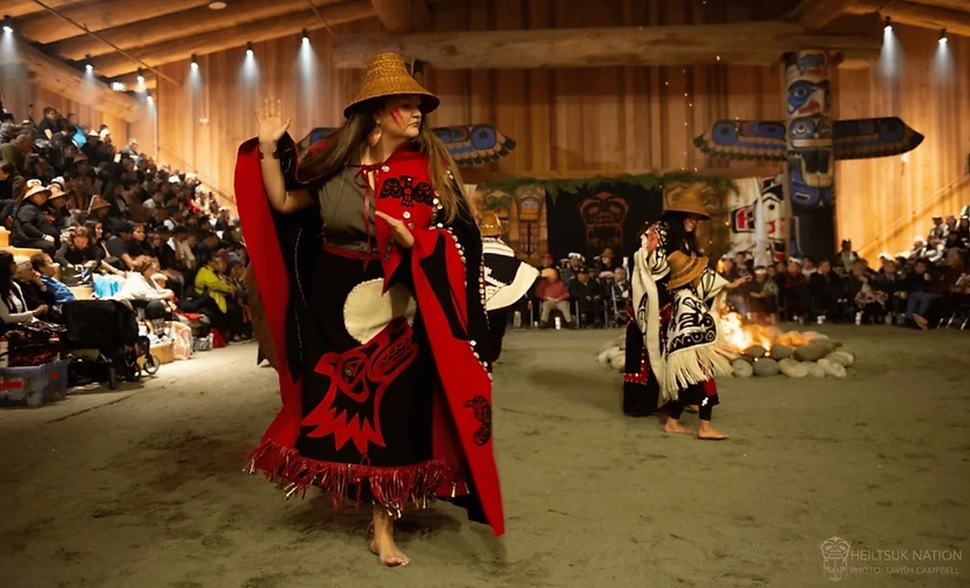
Copper Canoe Woman aims to start a nonprofit advocating for indigenous rights issues. These include “supporting other indigenous entrepreneurs, holistic health and wellness through food sovereignty, and security initiatives,” Brown says.
The company has supported residential school survivors through Orange Shirt Day. Their designs feature Land Back as a slogan and guiding principle.
“For us, Land Back is back to the land, and Land Back — which means returning the stewardship roles to indigenous people back into their control and power,” Brown says. “Not so that we can exploit the land for more resources and to mine and extract, but so that we can continue to do what we believe we were brought here to do, which was to care for the land and to interact with that.”
Copper Canoe Woman seeks to empower indigenous communities with ways to celebrate and live their culture — promoting diversity over assimilation. As Brown explains, cultural sustainability starts with caring for one another.
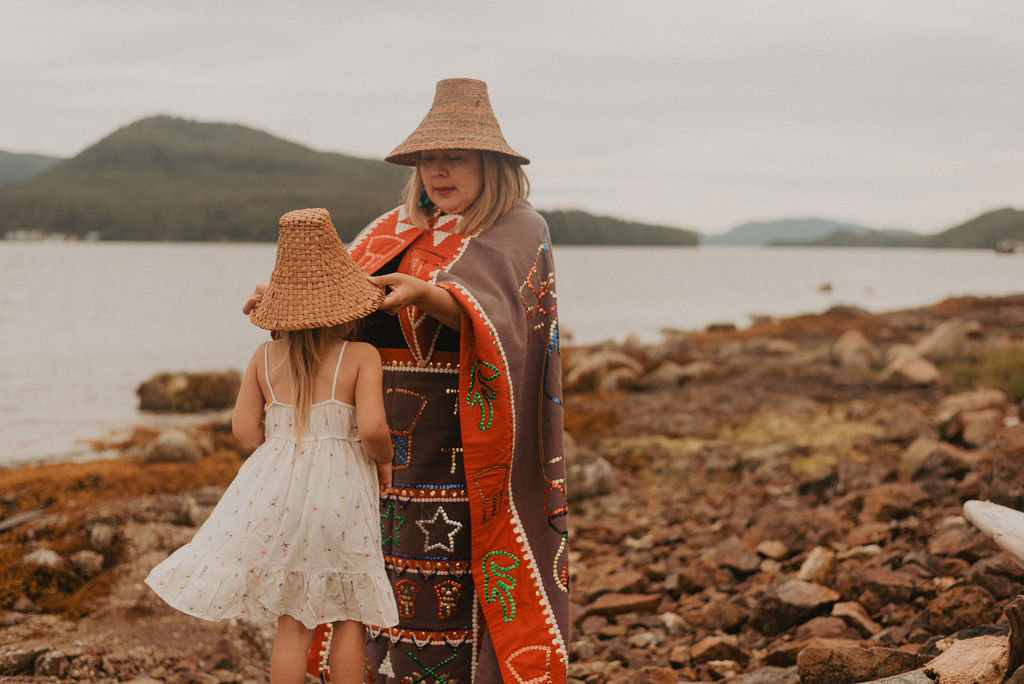
“We’re saying it’s not in the past,” says Brown. “Our rights, and our art, and our connections are not frozen in time. These are living, breathing things that we’ve received, and the values are not frozen in time — these are real.”
Local and Global Reach
Brown describes a positive reception from the Lummi and Bellingham communities.
“We want to be more out there because representation matters, indigenous representation matters, and we want to show the world and the local community positive and authentic indigenous art and share stories and our culture through this process,” Brown says.
Copper Canoe Woman continues to sponsor community-building events such as women’s games in All Native Basketball.
“I think the most rewarding part is that we get to stay close to community,” says Brown. “I love that I get to research the designs and I get to visit with elders, and I love that I get to be inspired through the land. But then I also love that, through this process, we’ve been able to give back.”
You can learn more about Copper Canoe Woman on their website, Facebook, Instagram, Twitter, Pinterest, and TikTok.






